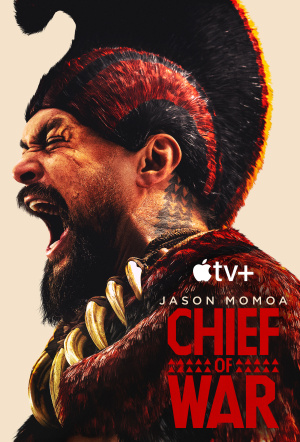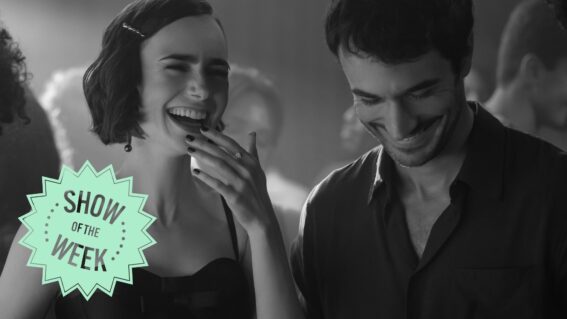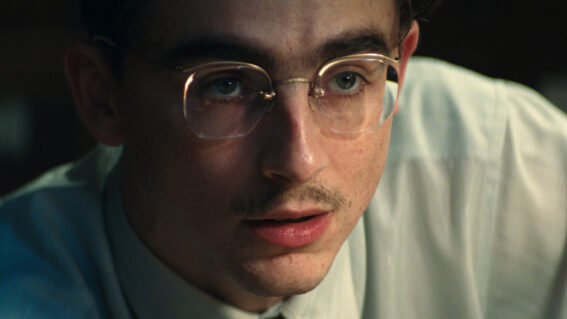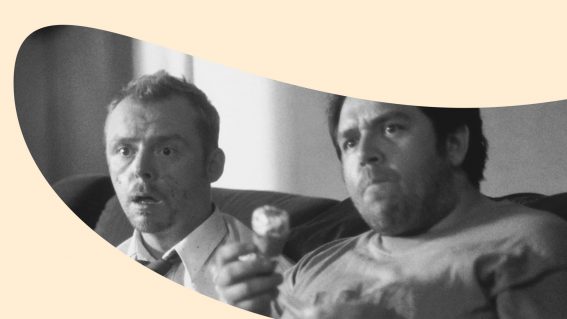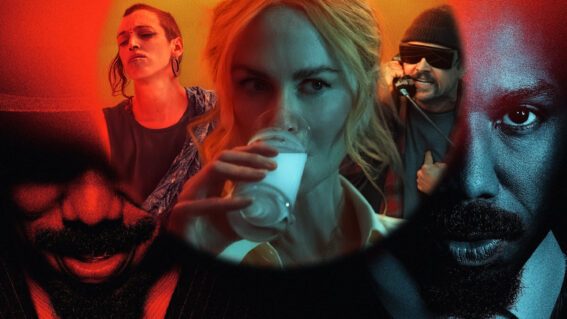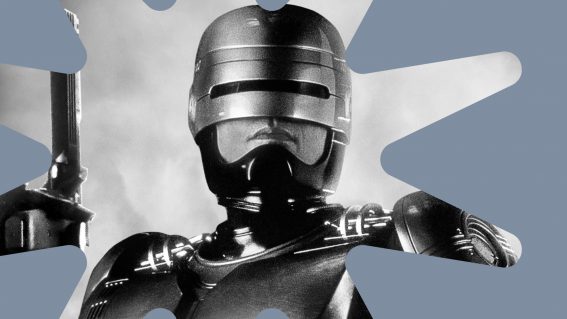Muscular epic Chief of War entertains while correcting historical record
Finally, a depiction of Polynesian history that isn’t solely mythical and doesn’t sideline its people purely as victims of colonisation.
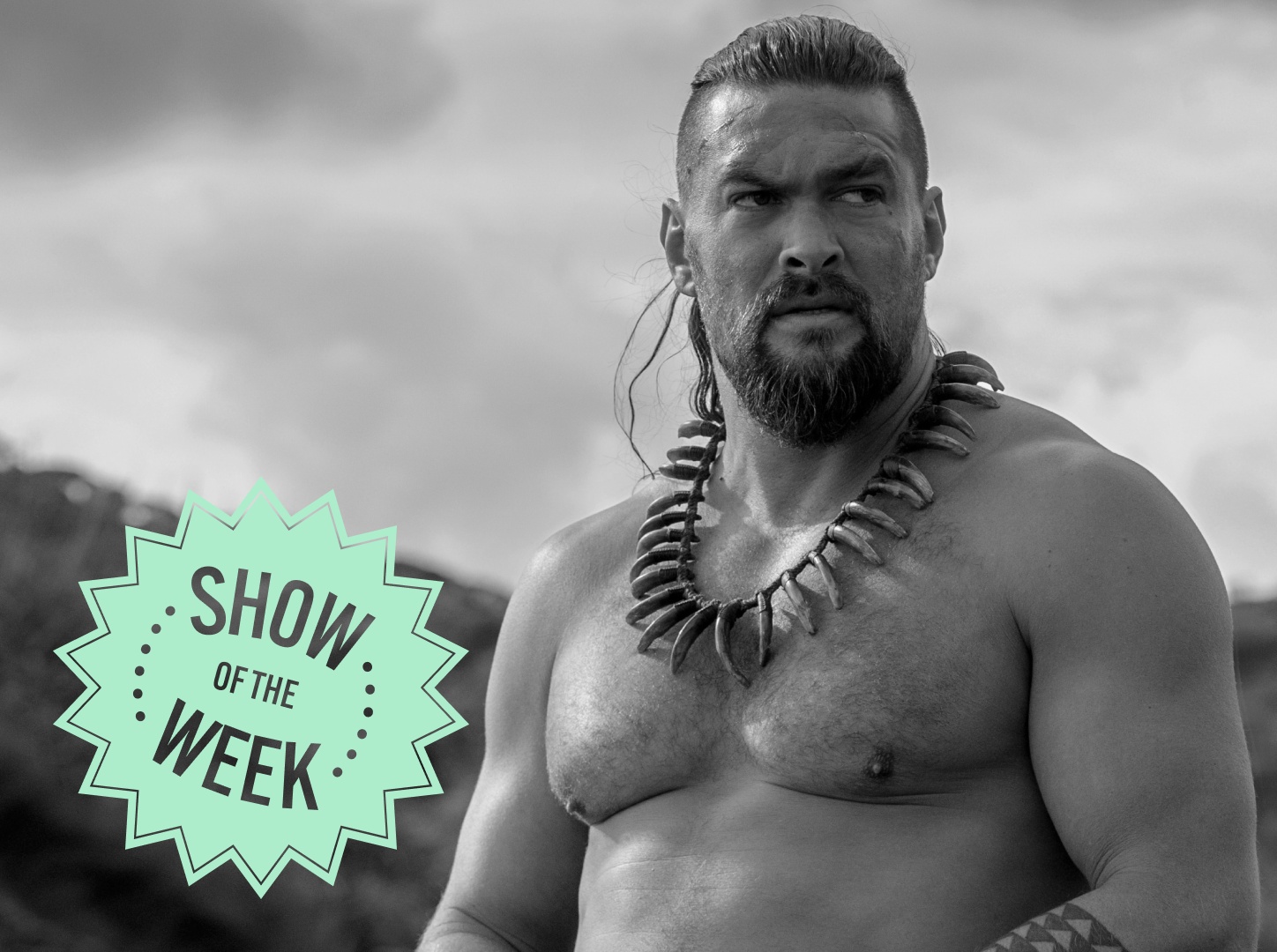
It’s incredible to me the vast swathes of history that have been left untouched by white-centric Hollywood. We’ve gorged on Queen Elizabeth biopics (I and II), yet have never been told the stories of Tutankhamen or Haile Selassie. A series like Disney+’s Shōgun, then—which may be historical fiction, but draws heavily from the real lives of the Japanese daimyō (or feudal lords) of the 17th century—doesn’t merely feel revelatory, but has a concrete purpose and a function in expanding the centre of the historical canon.
Apple TV+’s new nine-episode series about Polynesian history, Chief of War, co-created by longtime friends Thomas Paʻa Sibbett and Jason Momoa, shares some DNA with Shōgun. Both focus on a pivotal power struggle, at a period when Europe’s empires have started to pace at the sidelines, forcing rulers to either place trust in their promises of prosperity and trade, or act on the fear of existential risk.
Here, the topic is Kamehameha (Kaina Makua), who conquered the islands of Oʻahu, Maui, Molokaʻi, and Lānaʻi, and unified them as the Kingdom of Hawaiʻi. Momoa plays Kaʻiana, a warrior chief who plays a central role in the conflict, having ventured beyond the islands and seen what lies across the ocean.
Related reading:
* The Bear reaches a profound understanding
* Italy now has its own The Crown
* The best shows of 2025 so far
Apple TV+ has never been short on budget, but the scope of Chief of War is still breathtaking (it’s worth noting that due to changes in legislation, production hit the tax credit cap for Hawaii, meaning much of the show was actually shot in New Zealand). There’s such an eye for detail when its comes to the curved feather helms, the mahiole, and the feather cloaks, theʻahu ʻula; the role of women, ritual, and custom; the conflicts of family and loyalty to the chief; the battle tactics shaped by the use stone slings, the ma‘a, or shark-tooth clubs, the leiomano; or the practice of lava sledding, known as heʻe hōlua.
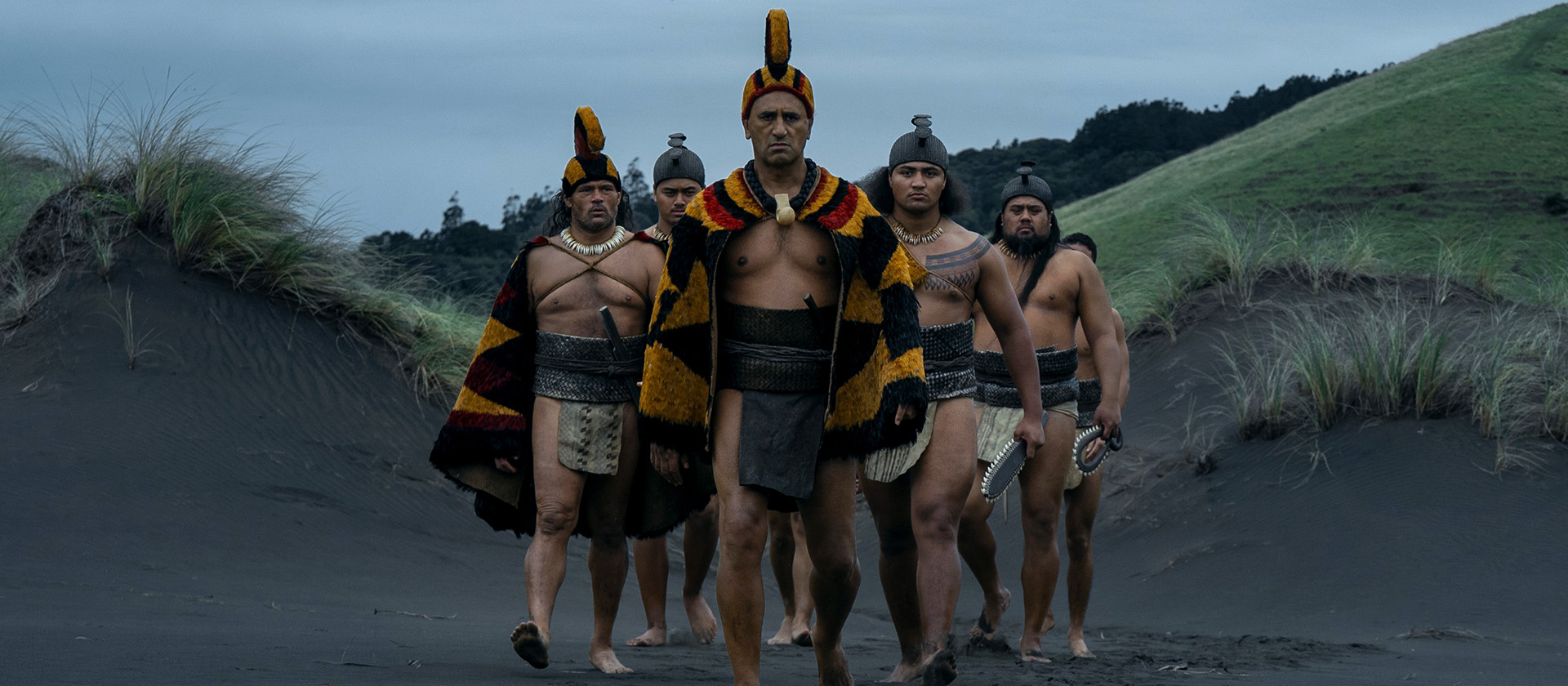
The dialogue is also, crucially, largely in the Hawaiian language, ʻŌlelo Hawaiʻi, which in itself makes it an important milestone in the continuing efforts to save what is considered a critically endangered language (it’s estimated less than 5% of all Hawaiians are conversational Hawaiian speakers). And, on a purely superficial level, it has to be said: these specificities are a thousand times more thrilling than having to watch yet another European historical drama twist itself into knots in order to feel fresh and relevant (see: Mary & George, My Lady Jane, and, let’s be honest, The Great, as sublime as it was).
You can’t exactly apply the word cliché to Chief of War, because we’ve barely seen any of this stuff on screen before. Finally, here’s a depiction of Polynesian history that isn’t solely rooted in the world of myth (ie Moana) and doesn’t sideline its people purely as the featureless victims of colonisation. Each of the islands, and their rulers, are depicted as mighty in their own right, bound to each other by endless years of peace, brutality, diplomacy, and conflict.
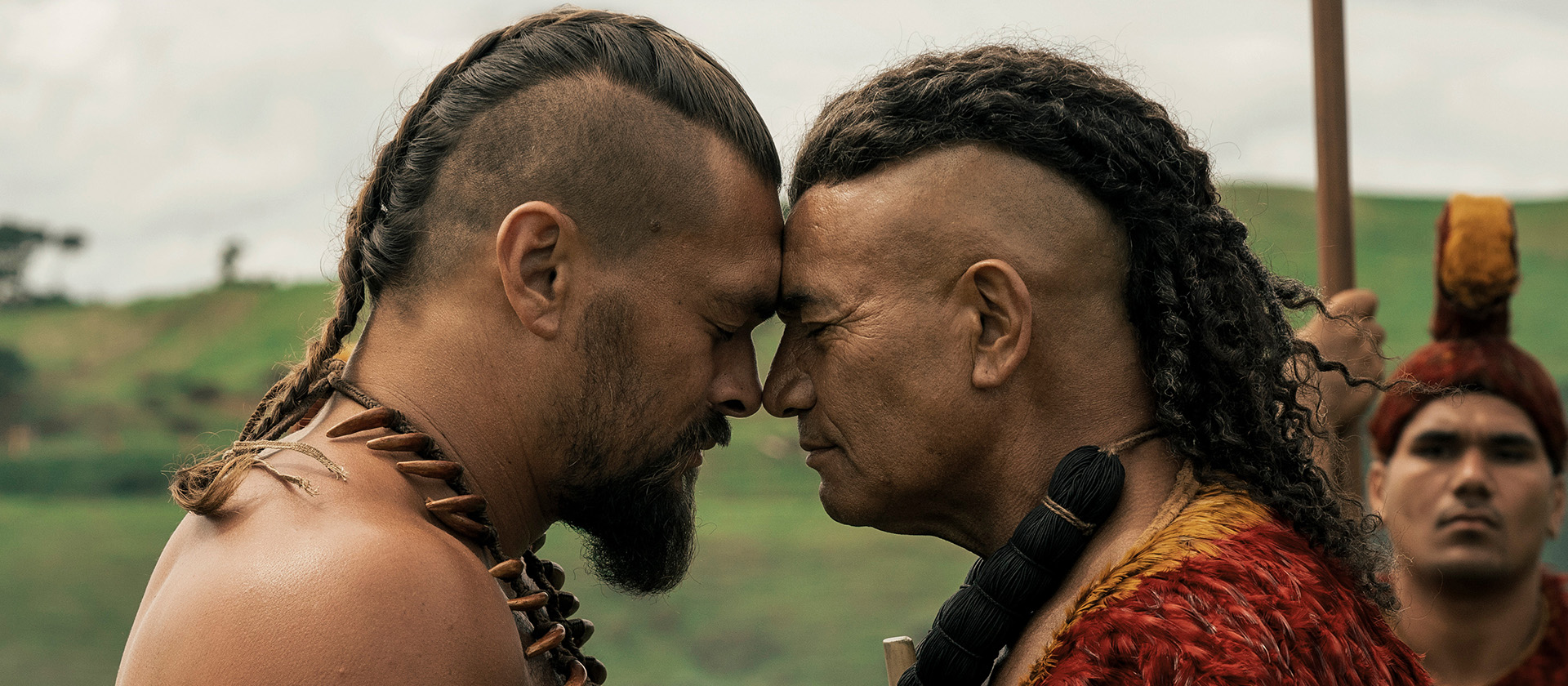
There’s much of the same intrigue as Shōgun, in this respect, as all the plans and deals and backstabs make for pages of meaty dialogue for its actors—it’s particularly thrilling to see Once Were Warriors stars Temuera Morrison and Cliff Curtis share scenes as Maui’s Chief Kahekili, here depicted as a Macbeth-like ruler driven to madness by prophecy, and Keōua, Kamehameha’s disenchanted brother. You can feel the weight of responsibility strain their limbs and their souls.
The women in the cast, too, are doing some truly phenomenal work, specifically Luciane Buchanan as Kaʻahumanu, who is married to Kamehameha against her wishes but eventually rises up to considerable power and influence; Te Ao o Hinepehinga as Kupuohi, Kaʻiana’s wife; and Mainei Kinimaka as Heke, her younger sister, whose storyline receives a particularly raw and emotional payoff in the final episode.
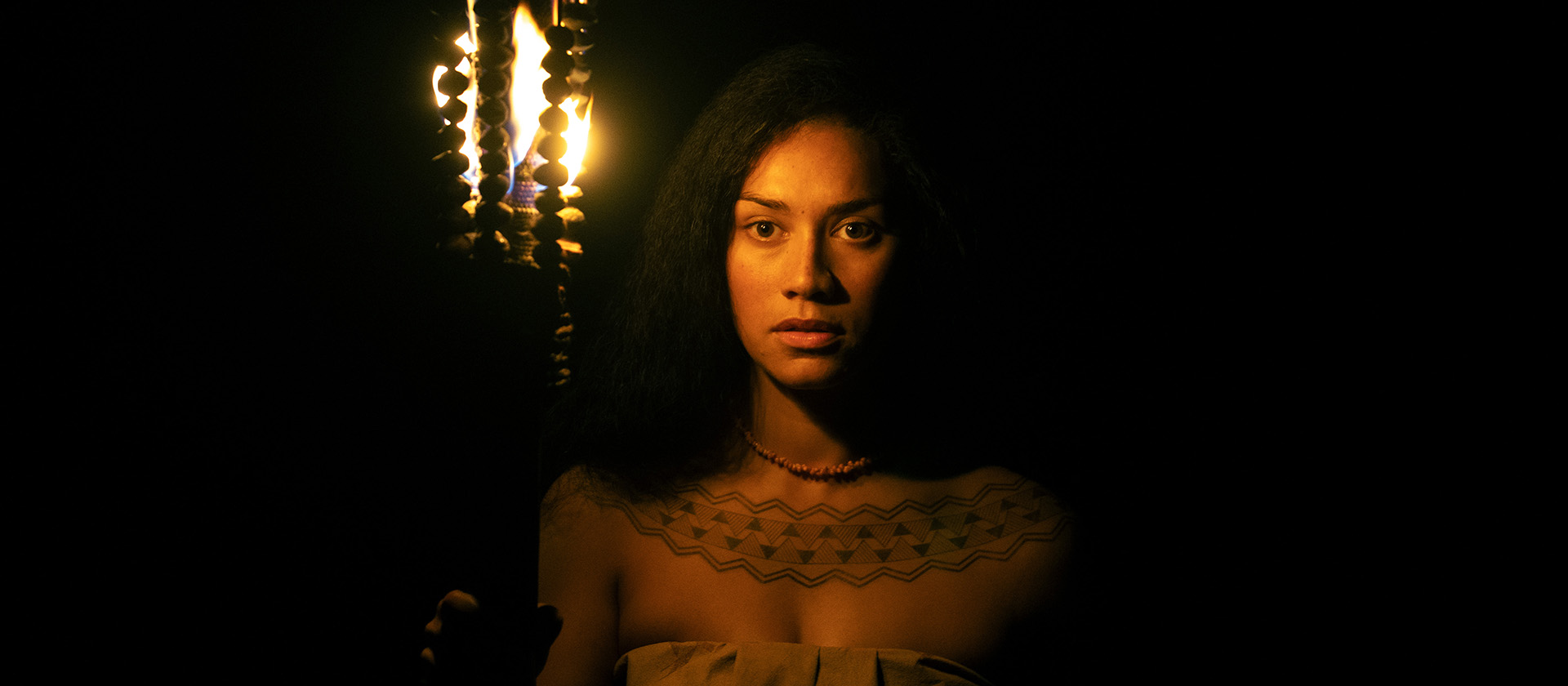
Momoa, in turn, provides the necessary star charisma. This is some of his best work, at least outside of Dune—he suits these sombre, soldier roles specifically because he doesn’t load them up with portent. He plays men who didn’t particularly choose their paths in life, but have ended up on the frontlines anyway.
And it’s his influence and his blockbuster past, you might hazard a guess, that also lends Chief of War its major distinction: it’s certainly sensitive to the ruthlessness of its violence, especially at the hands of European settlers, but it’s also a muscular, old-fashioned kind of epic, and builds to a spectacular final battle directed by Momoa himself.
Here, we get all we’d want: the chest-thumping speeches, the noble sacrifices, and a scene where Momoa dunks a man’s head directly into lava. Chief of War might have a certain duty to correct the historical record, but that doesn’t mean it can’t provide us with a little entertainment in the process.





